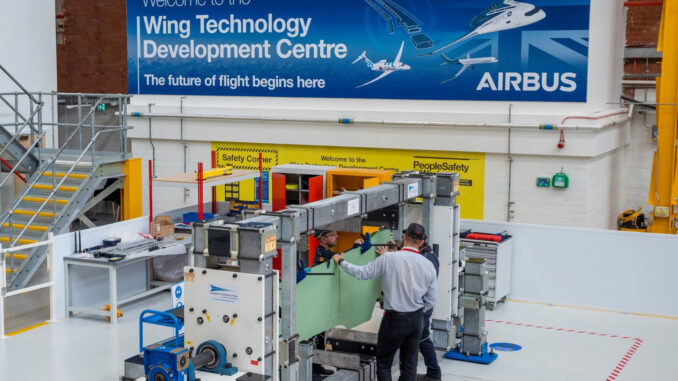
European aerospace giant Airbus has officially opened its Wing Technology Development Centre (WTDC) at its Filton site in Bristol today with Minister of State for the Department of Business and Trade Nusrat Ghani carrying out the official duty.
The centre will help Airbus develop wing technology for the next generation of Airbus aircraft and further develop its Wing of Tomorrow demonstrators, the 2nd of which will be tested at the Filton site following its arrival from Airbus’ wing manufacturing site in Broughton, North Wales.
UK Aviation News was given the opportunity to tour the new centre ahead of the official opening with the Head of the Filton site, and Head of the Wing of Tomorrow Programme, Sue Partridge, giving us the benefit of her insight into the future of wing design.
Sue explained that “The new Wing Technology Development Centre will help us to ground our research in practicality. A key element of how we deliver technology for next-generation aircraft wings is through Wing of Tomorrow (WoT), our largest research and technology programme led by the team in the UK.
“Last week, we achieved a critical milestone in the programme when our second wing demonstrator was completed by the team in Broughton, Wales and delivered to the WTDC. Here it will be prepared for structural testing in our Aerospace Integrated Research and Technology Centre (AIRTeC).”
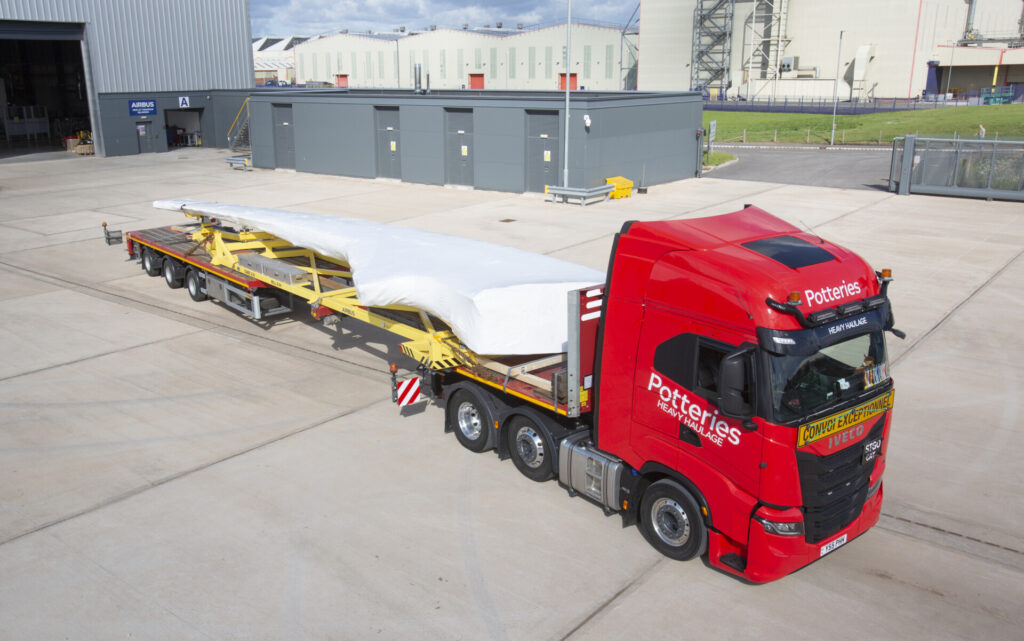
Being a development centre photography was strictly off-limits but we got the opportunity to look at how Airbus sees the future of wing design as long, slender wings which give a better lift-to-drag ratio over current wing designs.
This poses problems with existing airport infrastructure. Airport design dictates that aircraft wingspans should be a maximum of around 35 metres however the wing of tomorrow could see a span of up to 46 metres.
Airbus’ solution to this is folding wing tips, similar to the ones seen on Boeing’s 777X aircraft and part of the role of the WTDC will be to design the best way of doing that.
Another aspect being looked into by the WTDC and Wing of Tomorrow is how the wings are mounted on the centre wing boxes of the aircraft and the fuselage itself.
Alongside the Wing of Tomorrow sites a new design of the centre wing box was built by Airbus in Nantes and they will be mounted together in the next couple of months at the WTDC which may not initially seem significant but the last time a wing was mounted in Filton was Concorde.
Other aspects of the WTDC is to help develop Airbus’ eXtra Performance wing, which is an active wing design which reacts to changes in airflow to increase efficiency and Airbus’ ZEROe programme which is developing hydrogen-powered zero-emissions aircraft.
The centre will work closely with Airbus’ Aerospace Integrated Research and Test Centre (AIRTeC) centre which opened at the Filton site in 2021.
AIRTeC is a purpose-built facility to test aerospace materials and components including wings and landing gear parts and carry out stress testing even to the point of destruction, which is eventually what will happen to the No2 Wing of Tomorrow which is at Filton.
The Wing of Tomorrow programme has been made possible by funding from the UK Governments’ Aerospace Technology Institute which has so far provided £117 million in awards to Airbus.
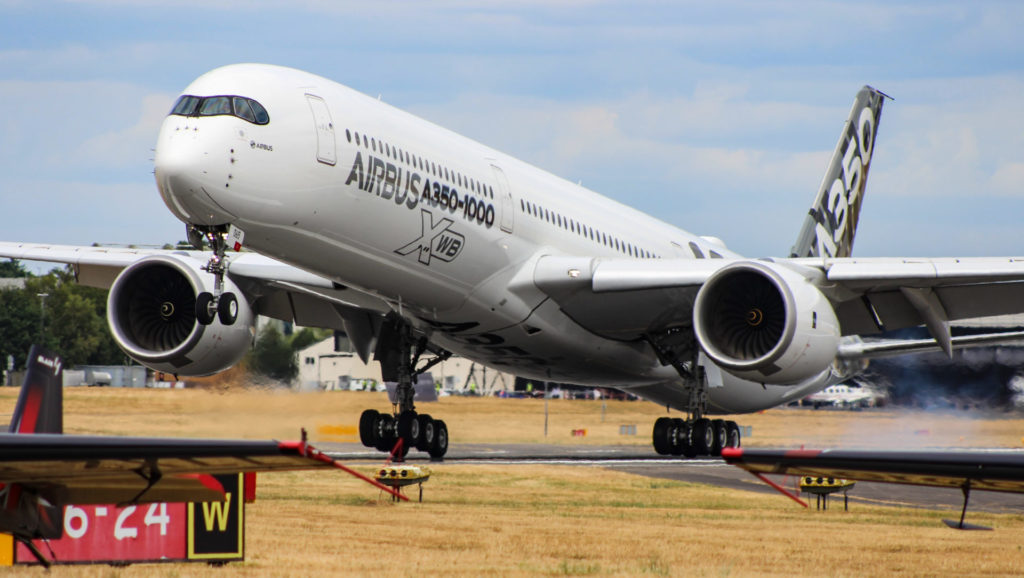
Wing of Tomorrow Facts
- There will be three “Wing of Tomorrow” boxes built by Airbus’ site in Broughton, North Wales.
- Each Wing is a 17-metre-long full-scale model
- The Wing is not designed for any specific aircraft and is designed to demonstrate technology for future Airbus programmes.
- Each Wing is made up of components from over 40 partner companies.
- The Wing is built using composites designed in association with the National Composites Centre


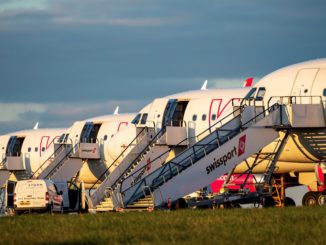
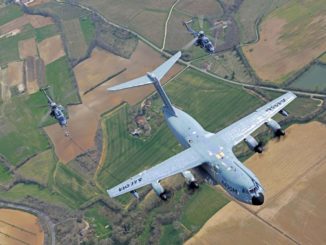
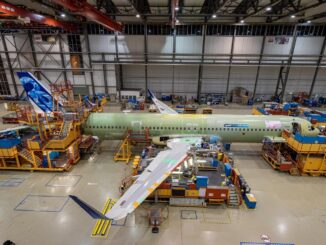
Be the first to comment